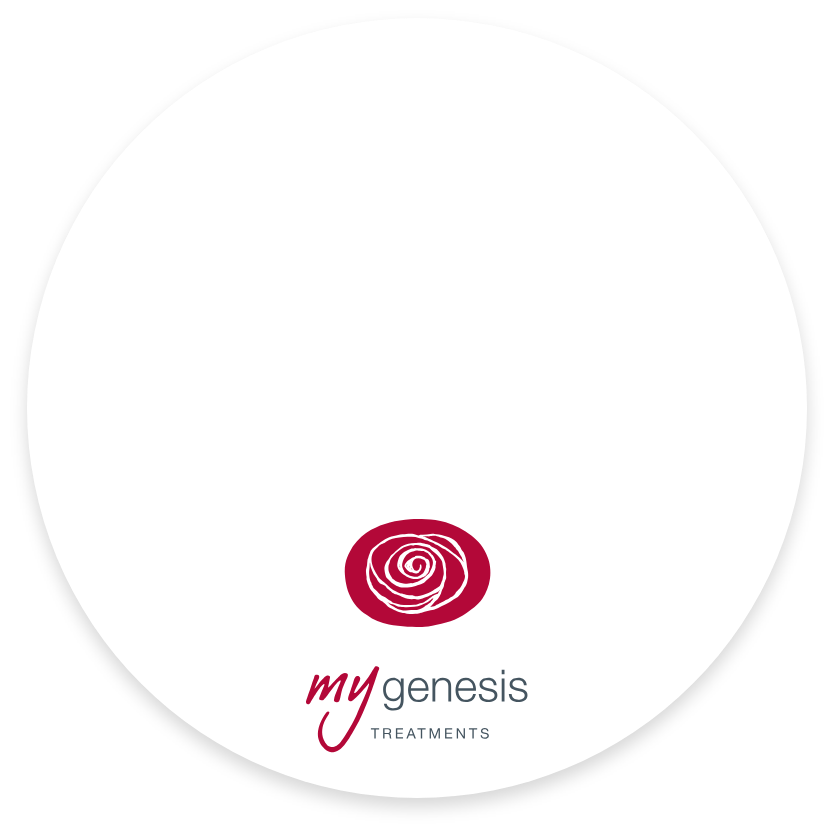
What is sunscreen?
Sunscreen is a topical product that should be applied daily, whether the sun is out or not. Finding the right sunscreen has become more complex and confusing for everyone due to the variety of sunscreens in the cosmeceutical world. Ultraviolet (UV) radiation, caused by the sun, has been shown to initiate damage to our skin cells that cause sunburn and skin cancers [2;5]. Nowadays, more scientific evidence is coming out with supporting information on sunscreen and its benefits for fighting against UV. This increases awareness of sunscreen’s importance. [1]
How does sunscreen work?
Sunscreen’s active ingredients are organic (chemical) or inorganic (physical) filters [4]. Each has different ingredients added to claim its broad spectrum and if it is fragrance-free, non-comedogenic, oil-free, or paraben-free. On sunscreen bottles, you will see the SPF (Sun Protection Factor) number and if it contains a broad spectrum of ultraviolet (UV) with either UVA or UVB or both [1]. The higher the SPF, the stronger your protection against sunburn. [5]
Ingredients found in chemical sunscreens are usually oxybenzone, avobenzone, octocrylene and ecamsule. These compounds absorb UVA, UVB, or both [3;4]. Physical sunscreen ingredients are usually zinc oxide, titanium dioxide & iron oxide. Both sunscreens are designed to protect your skin against UV by safely absorbing into the skin. The physical filters will also reflect the sun’s UV. [4]
Why is sunscreen important?
Ultraviolet (UV) has many severe and prolonged harmful effects on the skin. Think of UVA as skin “ageing” and UVB being associated with skin “burning”. The most considerable risk UV causes are the development of skin cancers, such as squamous cell carcinoma (SCC), basal cell carcinoma (BCC), and melanoma. UV is associated with 90 per cent of all BCCs and SCCs. [6]
When it comes to the appearance of the skin, sunscreen has been acknowledged for its effectiveness in preventing the signs of photoaging, pigmentation spots, wrinkles, vessels, and skin cancers. [3]
How should sunscreen be applied?
Most people usually don’t understand how much sunscreen should be applied and tend to under-apply sunscreen on all body areas. Usually, when we use a higher SPF, we tend to underuse sunscreen [3]. In Australia, we refer to the TGA (Therapeutic Goods Administration) for guidelines on applying sunscreen. The TGA suggests that adults generally need about 40ml of sunscreen to cover their whole body adequately. This would roughly equivalate to one tablespoon of sunscreen for the face and neck, one tablespoon for each arm, two tablespoons for the front and back of the torso, and two tablespoons per leg [3;5]. For reapplication, it depends on the type of sunscreen and activities you are doing. If you get in the water, typically, your sunscreen will need to be reapplied sooner. You should always refer to the instructions on the bottle for proper use, as all sunscreens are not the same [5]. On your face, sunscreen should always be applied over your daily moisturiser to have the best protection factors working. If wearing any makeup, this should be used after the sunscreen.
Sunscreen is one of many things we rely on for sun protection. Additionally, we should still be aware of wearing protective clothing, sunglasses, and broad hats whilst always looking for shade. All these things could become a part of your daily sun habits. [3;5]
At the My Genesis Clinic, we have a range of Aspect Sun broad-spectrum sunscreens, all with SPF 50+, that can be purchased in the clinic.
Kaila Whitford
Student Dermal Clinician
References
[1] Ma, Y., & Yoo, J. (2021). History of sunscreen: An updated view. Journal of Cosmetic Dermatology, 20(4), 1044–1049. https://doi.org/10.1111/jocd.14004
[2] Ngoc, L. T. N., Tran, V. V., Moon, J.-Y., Chae, M., Park, D., & Lee, Y.-C. (2019). Recent trends of Sunscreen Cosmetic: An update review. Cosmetics, 6(4), 64. https://doi.org/10.3390/cosmetics6040064
[3] Sander, M., Sander, M., Burbidge, T., & Beecker, J. (2020). The efficacy and safety of sunscreen use for the prevention of skin cancer. Canadian Medical Association Journal, 192(50). https://doi.org/10.1503/cmaj.201085
[4] Schneider, S. L., & Lim, H. W. (2019). Review of Environmental Effects of Oxybenzone and other sunscreen active ingredients. Journal of the American Academy of Dermatology, 80(1), 266–271. https://doi.org/10.1016/j.jaad.2018.06.033
[5] Therapeutic Goods Administration (TGA). (2022, August 29). Everything you ever wanted to know about sunscreens (but were afraid to ask). Therapeutic Goods Administration (TGA). Retrieved February 2, 2023, from https://www.tga.gov.au/news/blog/everything-you-ever-wanted-know-about-sunscreens-were-afraid-ask
[5] Vasicek, B. E., Szpunar , S. M., & Manz-Dulac, L. A. (2018). Patient Knowledge of Sunscreen Guidelines and Frequency of Physician Counseling: A Cross-sectional Study. The Journal of Clinical and Aesthetic Dermatology , 35–40.
Our qualified team provide a comprehensive range of treatments for complete skin rejuvenation, cosmetic injectables, laser hair removal and non-surgical body sculpting.